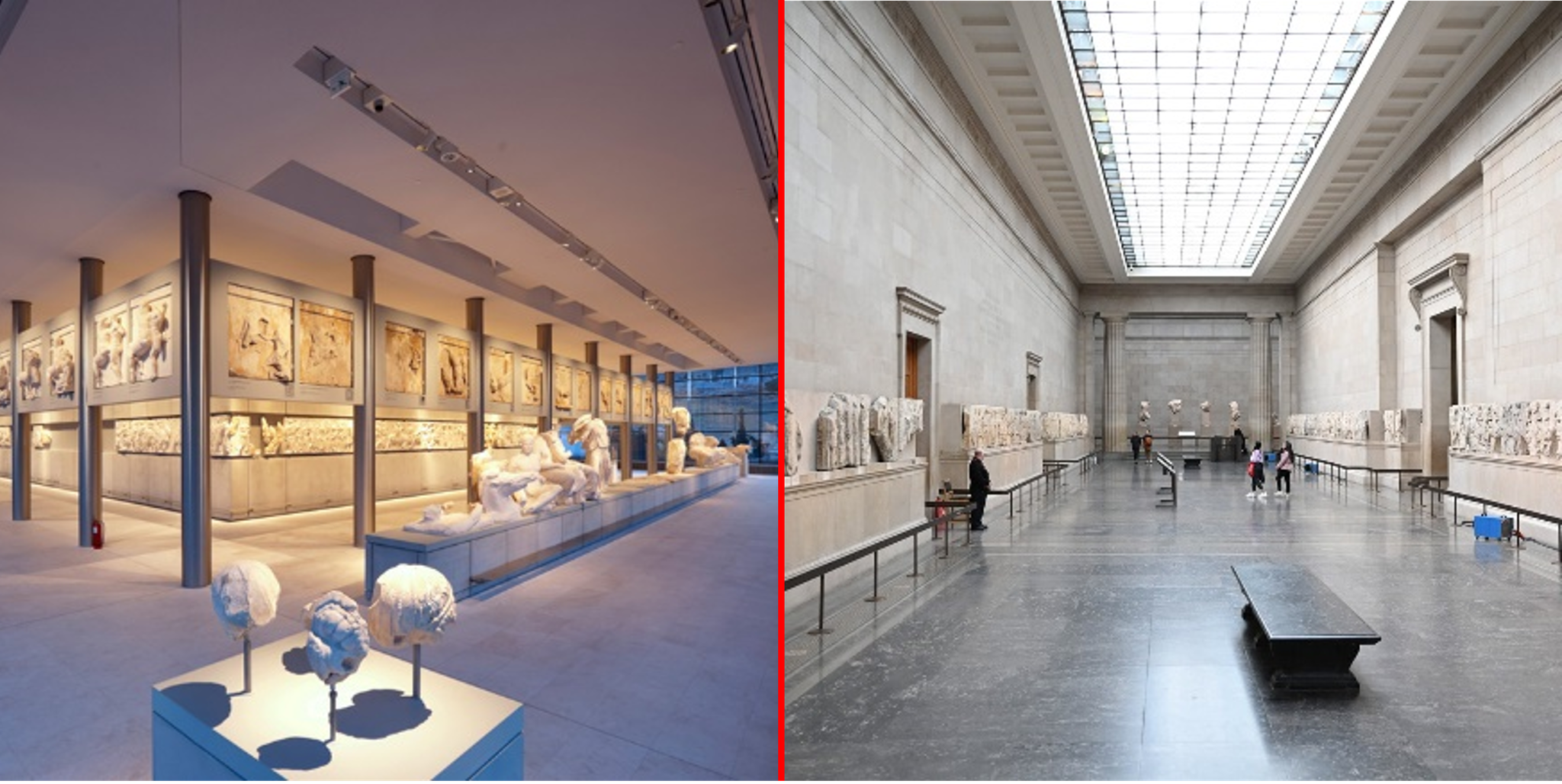Repatriation: A Wasted Opportunity
To many, repatriation threatens the end of museums across the UK as we know them. They fear a cascading effect of returning artefacts which will run the nation dry of the wonder and history that museums contain. However, not only is it a bad look for this fear to override common decency, the reality is that no landslide is needed. We could instead imagine this as a unique opportunity to not only return what the previous empire had stolen, but to bolster international relations and develop the way in which museums can work together and innovate to provide the best experience possible.
The slippery slope argument plagues the debates that refute the idea of repatriation but lacks any real bite or substance. It claims that repatriation would kickstart a “mass exodus of artefacts”. However, not only does this neglect the morality of the situation but it also fails to convince that returning key cultural artefacts would lead to a mass exodus. The British Museum, for instance, has around 8m objects in its collection, of which around 80,000 are on display at any given time. The common proponents of repatriation are hardly suggesting that a majority of the British Museum’s collection should be returned, but simply that objects of great cultural significance should be returned, a fraction of the contents of the museum. Choosing to return, for example, the Elgin marbles would not mean that the museum would have to empty its entire collection, but that consideration should be given to the morality of keeping each piece, and decided on a case by case basis. In addition to all this, there is the possibility for the rotation of these pieces, a compromise which could ultimately benefit all parties involved (however, with key pieces this still seems unfair).
There is then the common argument of legality to explore. The 1963 British Museum Act and its amendments state that the trustees cannot deaccession collection items except under very specific circumstances. As a result, this has been used to contest the return of many artefacts. However, it is important to note that the laws in question are not only created by the same nation which stole many of the artefacts, but also that any unique expression of a culture "belongs" to it in an emotional, inalienable, supra-legal way. As a result, I do not find the legality argument convincing. Furthermore, the legal system seems to circle endlessly between the museums being independent of the government and so repatriation is an issue for trustees, and yet the British museum act imposes itself on this debate. As to the original legality of the acquisition of each artefact, this is often irrelevant as the law should not shield the ongoing consequences of past wrongs and should adapt to reflect the position of society on each issue. Furthermore, many artefacts were stolen under colonial rule or whilst the land was being invaded, and so it is clear to see the law would be biased towards those in power.
Another argument put forwards is that “giving in to repatriation demands will undo the real achievements of cultural history in showing that more unites us than divides us”.
However, this stance is totally flawed. The argument is based on the idea that the marbles are displayed to a huge audience for free within the British Museum, and so returning them would undermine their public significance that they have gained through their accessibility. This argument, either through ignorance or intention, neglects the other ways in which the British museum can exploit their ownership of the marbles for profit, the magnificence of the Acropolis museum and the immorality of depriving a country one if its key cultural treasures. Below is a photo of the Acropolis Museum compared to the British Museum, and it is clear to see the difference in care in which the marbles are being displayed. The custom created room in the Acropolis Museum not only offers a more aesthetic and highlighted focus on the marbles, but also boasts authenticity with its adjacency to the Parthenon itself. Meanwhile, would the British Museum be so different with accurate replicas and information about how it had hosted them for years, before deciding to return them home?

Furthermore, the British Museum could begin to innovate itself. Instead of being regarded by many as a beacon of theft under imperialism and colonisation, it could begin to return key artefacts and instead focus on modernized, technological exhibits which explain the journey these pieces have been on. For those who want authenticity, they could travel to the native home of the artefacts. For those who want variety, the British museum could boast its same collection, only with fascinating replicas and technological exhibitions that use new technologies to transport you across the globe in one visit. Repatriation could mark a new frontier for the British museum and international relations. Instead, the current discourse is focused on poor arguments and irrelevant legal considerations.
Post a comment